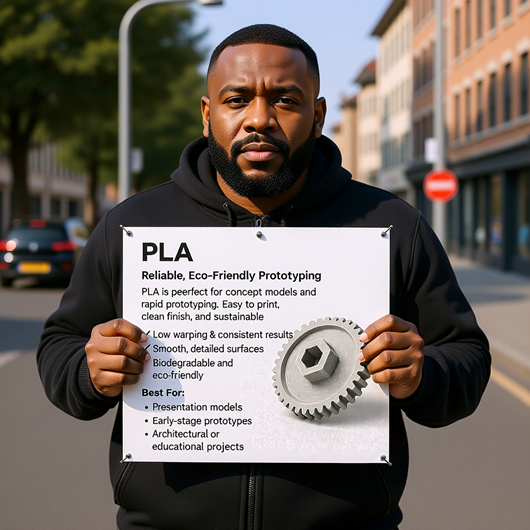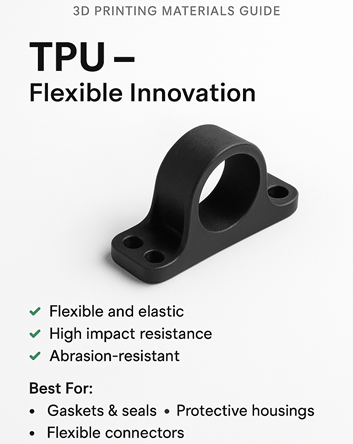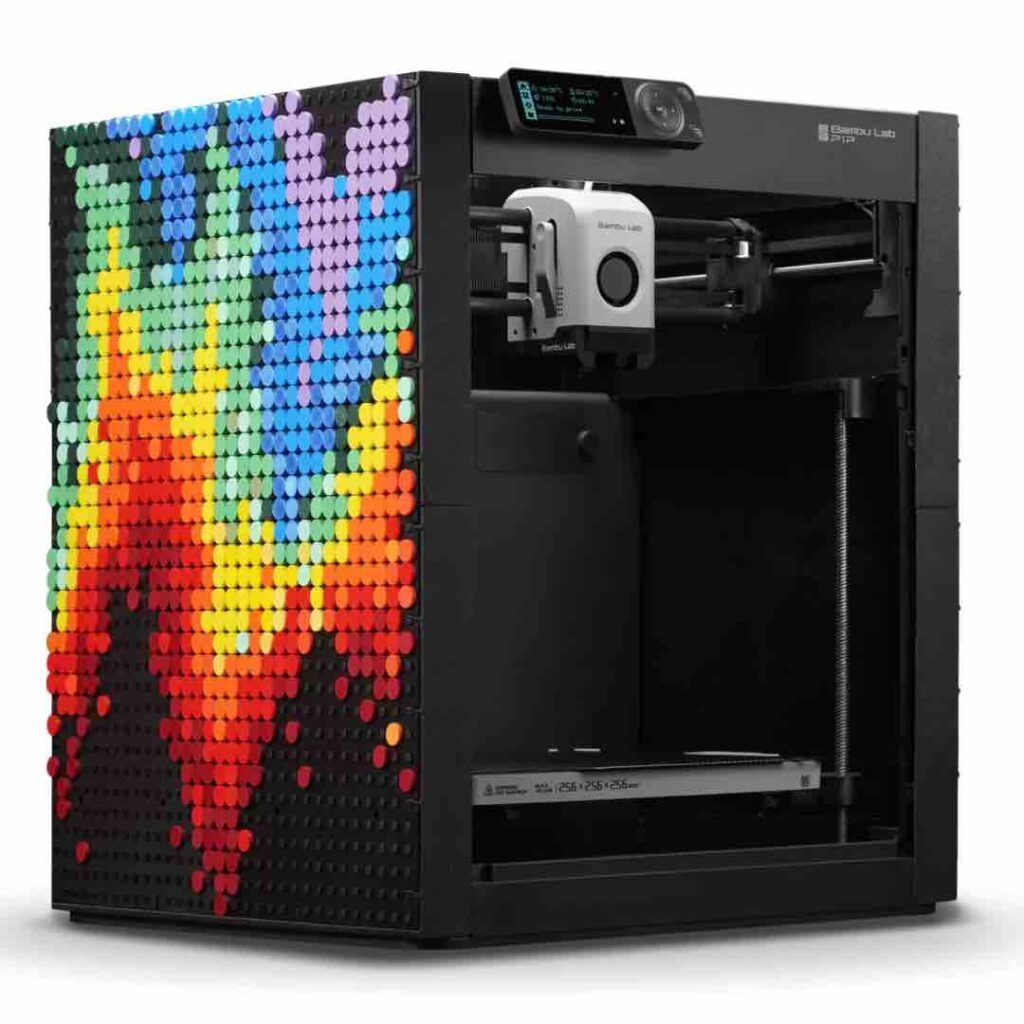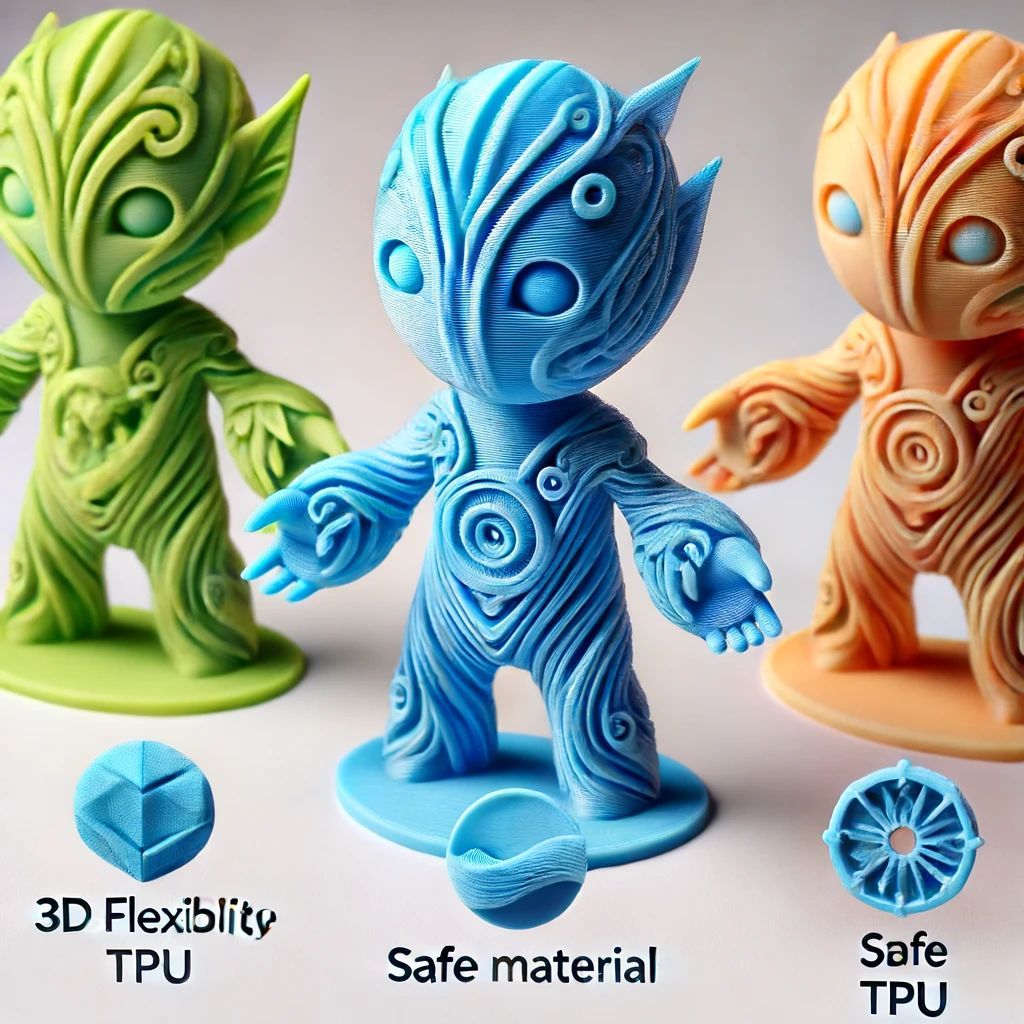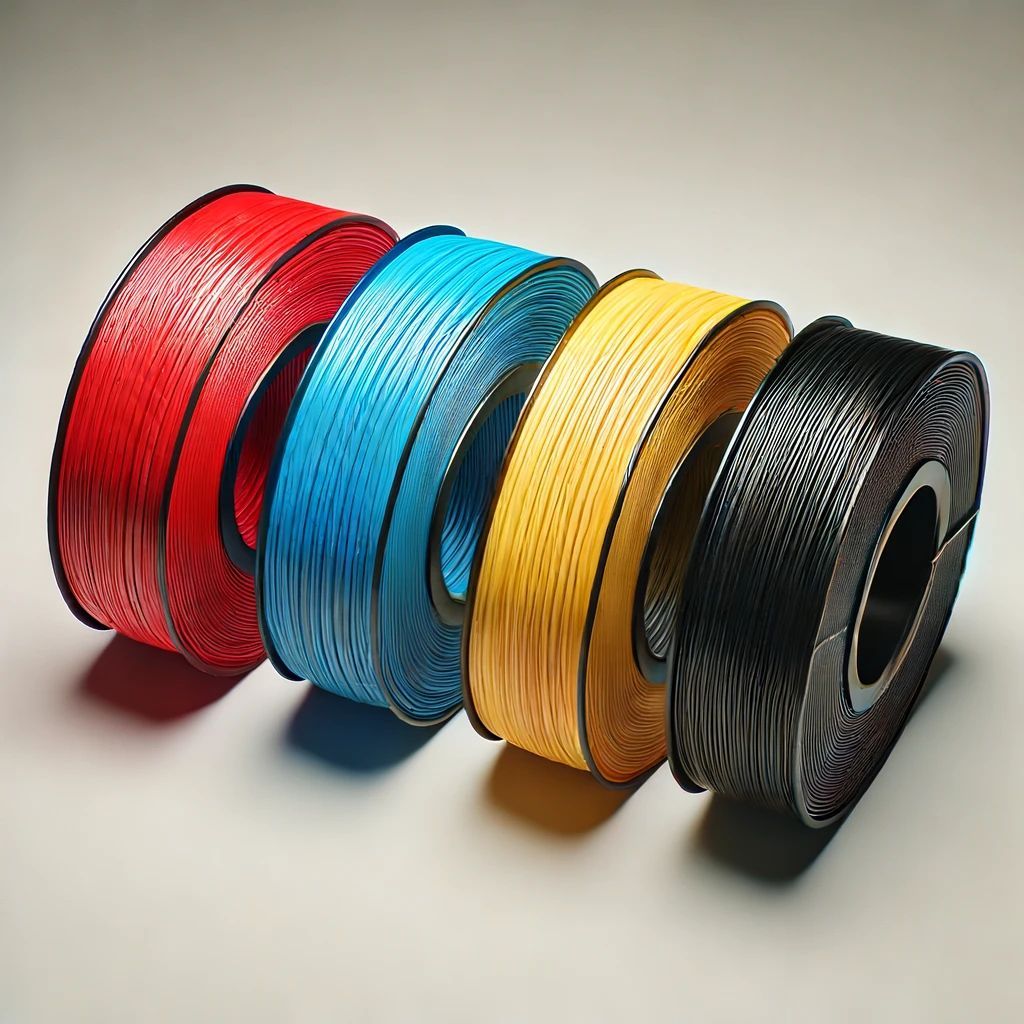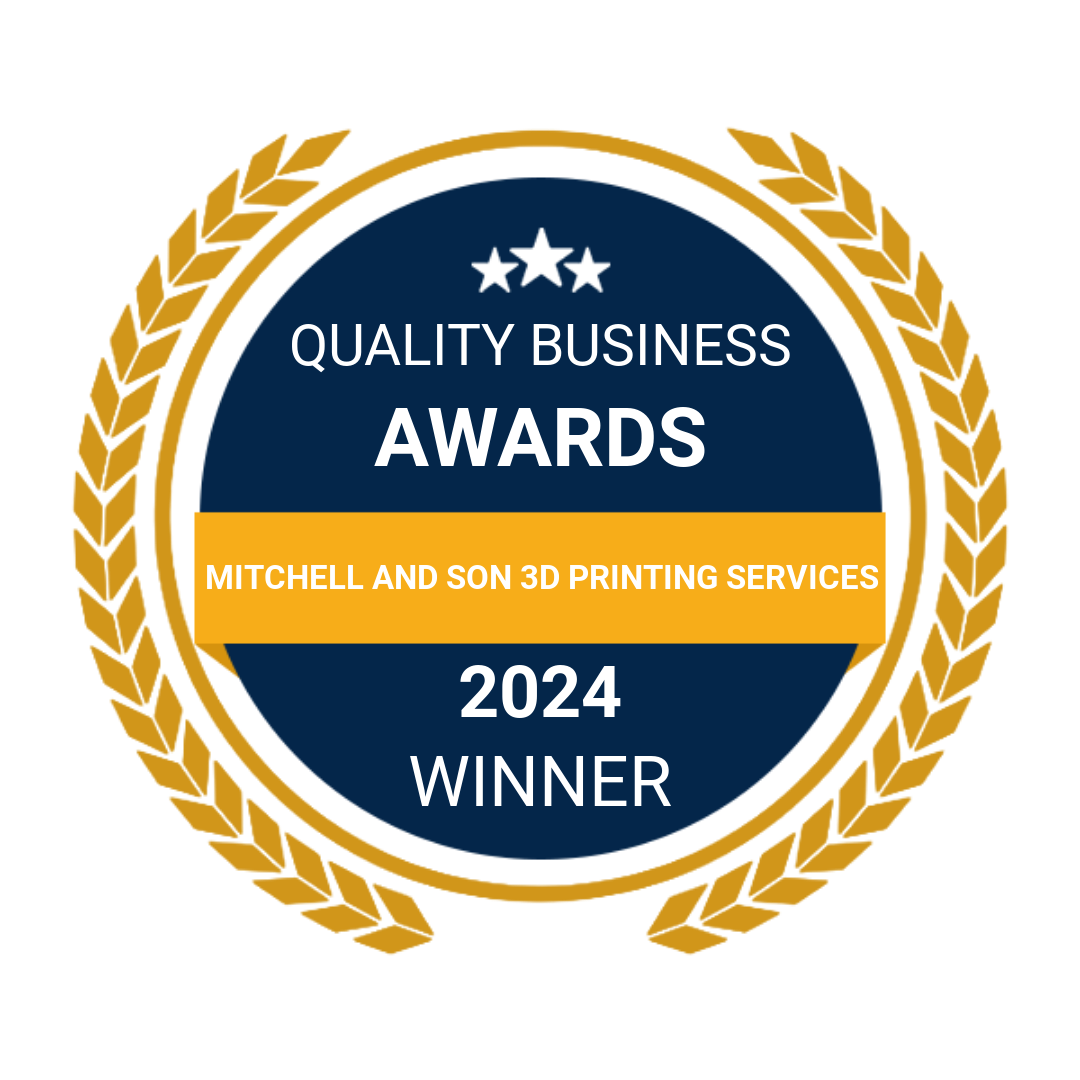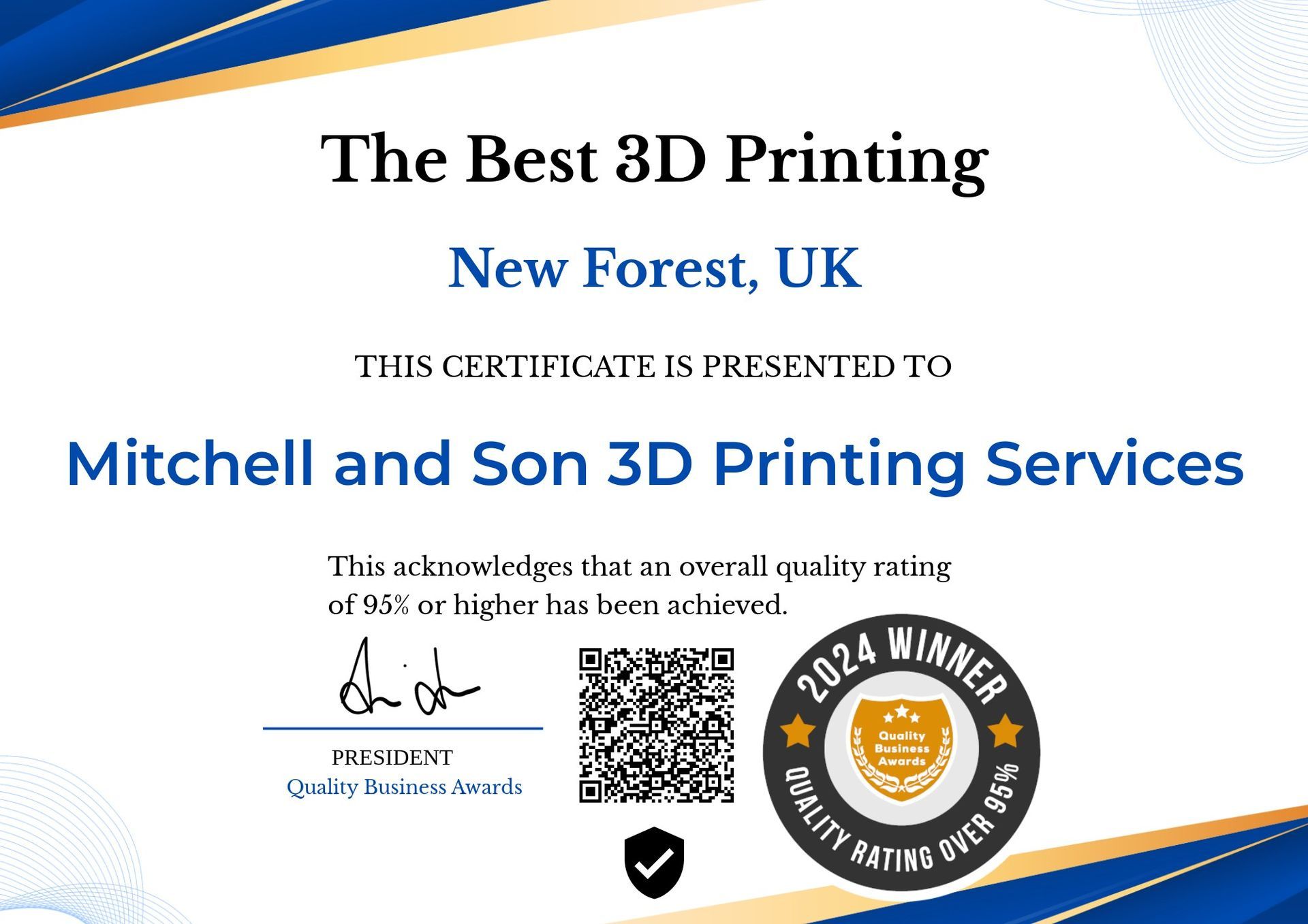Very helpful guys, patient too... Highly recommend!

Trusted by local engineers,
restorers, and makers
Real feedback from satisfied clients
I needed small brackets for SieMatic kitchen units... Excellent standard.
Four dust caps for a 1950s Riley... Perfect, spot on.
Beautifully made part, easy to deal with.
Near absolute duplicate of original fastener... couldn't ask for more.
Quick and efficient, great quality.
Amazing level of service — fast response.
Excellent PPE mask production during need — sturdy and fast delivery.
Southampton
- Prototype to production in one cycle
- Durable in marine environment
- Cost-efficient low-volume manufacturing
- Repeatable future production
How to get Emergency 3D Printed Parts Manufactured in Hampshire : - FAQ
Need a critical part made and delivered within 72 hours across Hampshire? We’ve got your back.
If you’ve had a component fail — a guard, a bracket, a duct, or even just a cap that’s holding up the line — we triage fast, reverse-engineer or CAD up the part, print it in strong industrial-grade plastic, and get it delivered or ready for pick-up.
Whether you're in Southampton, Portsmouth, Basingstoke, Winchester, Fareham, Andover or anywhere nearby, we’ll sort it.
How it works – step-by-step:
- We triage the job within an hour – Just call or WhatsApp me. Send me a photo and some rough sizes, and I’ll tell you straight away if we can do it. If you need help measuring or scanning, I’ll come out and scan the part on-site (within reason – if it’s the size of a cow, give me a heads up).
- We CAD or scan the part – I either 3D scan the old one, or I redraw it in CAD from your photo or sketch. You don’t need to be a CAD wizard – I’ll sort that.
- Material selection –
I don’t just print in any old stuff. I’ll match the plastic to your environment.
UV exposure? Oil splash? High vibration? We’ll get it right. - We print it –
Next-day dispatch for smaller FDM jobs (up to 150x150x150mm, max 5 parts if you confirm and pay by 12 pm).
If it’s SLA or MJF, we use our partners. SLA takes 3-5 working days. MJF Nylon about 7–10 days. - Quality check and fit – We do a visual check and key dimension check. If needed, I’ll even come out and do a fit test.
- Delivered fast – Local bike courier or same-day van. You can collect if you like. Out-of-hours available by agreement – just ask.
Who’s this for?
If you’re in aerospace, automotive, motorsport, food packaging, electronics or just general manufacturing,
And you’ve got jigs, brackets, covers, mounts, change parts, or anything else non-structural that’s failed – this is for you.
We also work with MRO teams and machine builders who need stuff like tooling aids, spacers, caps, or temporary replacements.
What qualifies for Manufacturing 72?
- Size: Max part size for next-day service is 150 x 150 x 150mm, and up to 5 parts in a batch. Just make sure you approve and pay by 12 noon.
- Materials:
We print in ASA, ABS, PETG (for UV resistance), and can offer SLA resin (Tough or Clear) and MJF Nylon 12 through partners.
Other industrial polymers available on request. - Use Cases: These parts are for non-pressure, non-load-bearing use – so guards, covers, brackets, housings, sensor mounts, and that kind of thing.
- Not suitable for: Pressure vessels, structural load-bearing components, or safety-critical parts. We’ll be straight with you if it’s a no-go.
Prices (no fluff, just facts):
- FDM (Next-Day Plastic): from £25
Good for quick turnaround. Up to 5 parts, 150mm size limit, dispatch next working day if ordered by 12pm. - SLA Resin (Partner Service): from £30
Takes 3–5 working days. Can be expedited for +15% if you’re in a pinch. - MJF Nylon 12 (Partner Service): from £30
For strong, precise parts. Takes 7–10 working days. Again, +15% if you need it faster.
Specs and tolerances (because it matters):
- FDM: ±0.3% or ±0.2 mm. Layer height between 0.15mm and 0.3mm.
- SLA Resin: ±0.2% or ±0.1 mm. Smooth finish.
- MJF Nylon: ±0.3% or ±0.3 mm. Bead-blasted finish.
Final tolerances and finish will be confirmed when we quote – depends a bit on the geometry and use case.
Quick example – Conveyor guard for FMCG line:
One of the clients had a snapped conveyor guard. No spares in sight, and the original tool had been lost years ago.
We scanned the cracked part, redesigned it with a bit more strength, printed it in ASA, and had it on their desk within 72 hours.
They were up and running again without retooling. No drama.
Cut-off Times:
- FDM: Approve and pay by 12:00 → dispatch next working day.
- SLA: 3–5 working days (expedite +15%).
- MJF: 7–10 working days (expedite +15%).
CAD + Reverse Engineering Service:
Don’t have a model? No problem. We’ll scan or CAD it from the sample or drawing.
Once we’ve got the 3D model, you can have a copy if you like – it’s your part after all.
If we need to travel for on-site scanning, that might add a bit to the lead time.
We'll let you know upfront.
Extra Options (if you want to get fancy):
We also offer post-processing:
- Sanding
- Priming
- Resin-coating
These add a bit to the cost, but the finish is much cleaner and stronger. I’ll be honest if it’s worth it or not for your job.
Contact us now to get moving:
📞 Call Manufacturing 72 Hotline: 07876 131 539
💬 WhatsApp: Click here to message us
📧 Email: dwight@mitchellsson.co.uk
We’re not here to mess you around.
If we can do it, we’ll do it fast and do it right.
If we can’t – we’ll tell you straight. What we offer is honest service, solid quality, and fast turnaround.
That’s what Manufacturing 72 is all about.
1. What are the key properties of ABS filament?
ABS (Acrylonitrile Butadiene Styrene) is renowned for its strength and durability. It melts at approximately 220–250°C and requires a print bed temperature of 80–110°C to ensure proper adhesion. With a tensile strength of around 40–50 MPa, ABS is ideal for parts subjected to mechanical stress.
2. How does PLA filament perform in 3D printing?
PLA (Polylactic Acid) is favored for its ease of use and biodegradability. It has a melting temperature between 180–220°C and a recommended bed temperature of 50–60°C.
PLA offers a tensile strength of 50–60 MPa, making it suitable for prototypes and decorative items
3. What distinguishes PETG from other filaments?
PETG (Polyethylene Terephthalate Glycol) combines the ease of PLA with the strength of ABS. It melts at 220–250°C and adheres well to beds heated to 70–90°C.
PETG is known for its impact resistance and clarity, making it suitable for functional parts and containers.
5. What are the benefits of Nylon infused with Carbon Fiber?
Nylon + Carbon Fiber offers enhanced rigidity and strength. It melts at 240–260°C and benefits from a bed temperature of 60–80°C.
This composite boasts a tensile strength of 80–100 MPa and a flexural strength of 120–150 MPa, making it perfect for high-stress applications
6. How does TPU filament stand out?
TPU (Thermoplastic Polyurethane) is known for its flexibility and elasticity. It melts at 220–240°C and adheres well to beds heated to 50–60°C.
With a tensile strength of 20–25 MPa,
TPU is ideal for parts requiring flexibility, like gaskets and wearable items.
7. What are the characteristics of Polycarbonate filament?
Polycarbonate (PC) is prized for its strength and heat resistance. It melts at 250–300°C and requires a bed temperature of 80–110°C.
PC is suitable for high-impact applications and parts exposed to elevated temperatures

Case Study 1:
Manufactured Part Replacement
Customer Problem
A manufacturer had a machine sitting idle because a small plastic clip had broken. The machine was still perfectly good, but without this part, it was out of action. The customer couldn’t source a replacement — the part was discontinued, and the manufacturer no longer stocked spares.
Our Solution
We took the broken clip, rebuilt it in CAD, and 3D printed a new one. To ensure durability, we chose PETG plastic for its toughness and UV resistance. The part was printed at 80% infill, giving it the strength needed for daily use without the full cost of a 100% solid part.
The Result
For around £200, the customer had his machine back in service the same week. Compared to the £5,000+ cost of having new tooling made for injection moulding, the savings were enormous.
Takeaway: 3D printing makes low-volume,
hard-to-source parts, affordable and fast to replace.
Case Study 2:
Automotive Classic Car Repair
Customer Problem
A classic car enthusiast was restoring an ’80s vehicle, but hit a roadblock: a small plastic housing for the window winder had cracked. Original replacements were impossible to find, and importing old stock would cost hundreds, if not more.
Our Solution
Using the broken part as a template, we recreated it in CAD and produced a new housing with PETG plastic. PETG was chosen for its strength, glossy finish, and UV resistance — perfect for something sitting inside a car exposed to sunlight. The part was printed with 60% infill for strength without excessive weight or cost.
The Result
Within days, the customer had a working winder and could continue the restoration. The job cost under £150, saving him hundreds on rare imported stock.
Takeaway: For classic car restorations, 3D printing is often the only realistic option to replace obsolete plastic parts.
Case Study 3:
Farming Machinery Latch
Customer Problem
A farmer’s seed spreader broke down due to a snapped latch. Without it, the spreader couldn’t lock properly, leading to wasted seed and downtime during a busy planting season. Replacement parts would take weeks to arrive from overseas.
Our Solution
We rebuilt the latch in CAD and printed it the same day using PETG plastic, chosen for its durability and resistance to outdoor weather. Given the stresses of daily farm work, we printed the part at 100% infill to guarantee strength and longevity.
The Result
The farmer paid £180 and had his machine back in the field the next morning. This avoided costly downtime and the expense of international shipping.
Takeaway: 3D printing keeps vital machinery running with same-day turnaround on broken parts.







